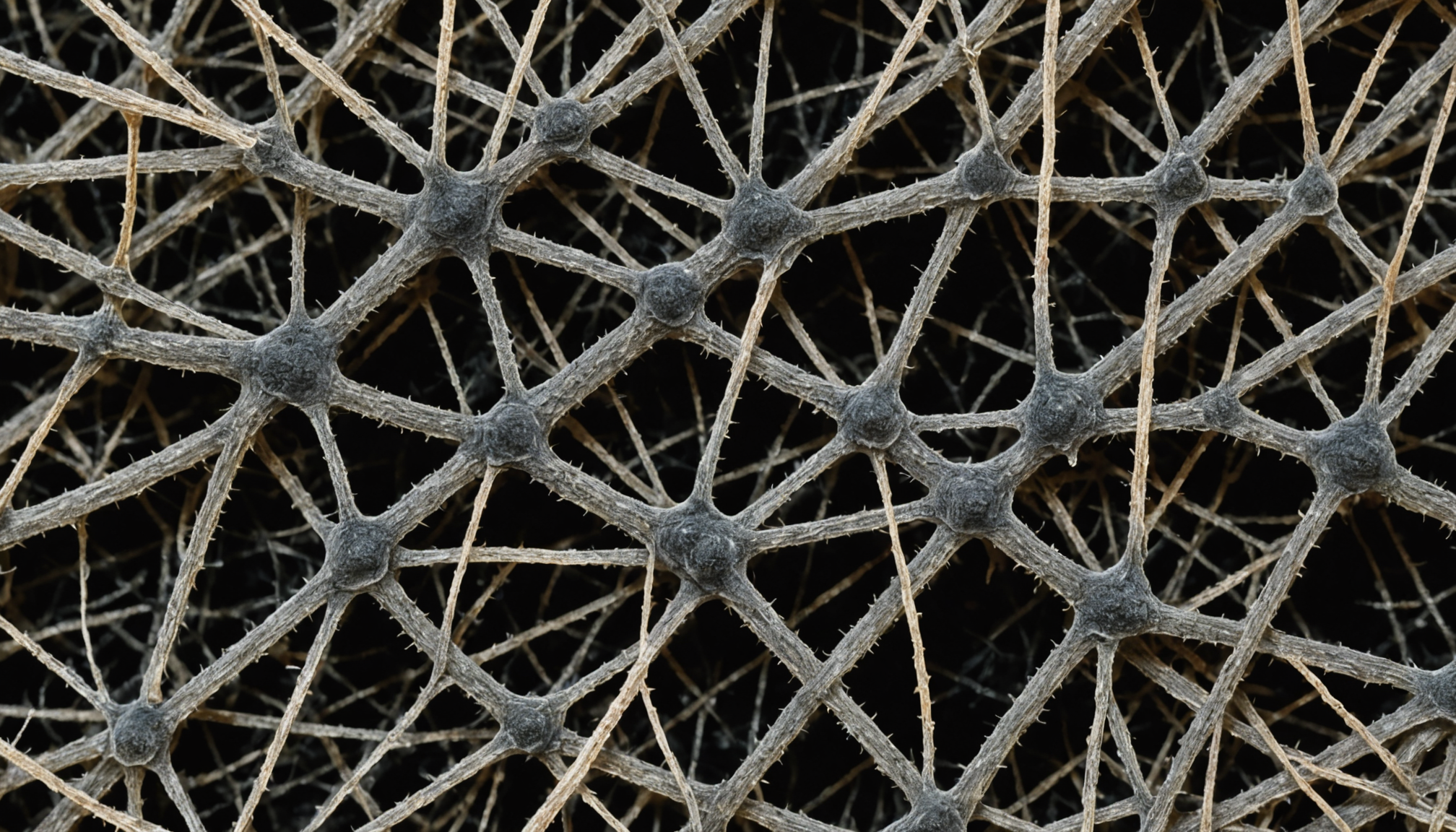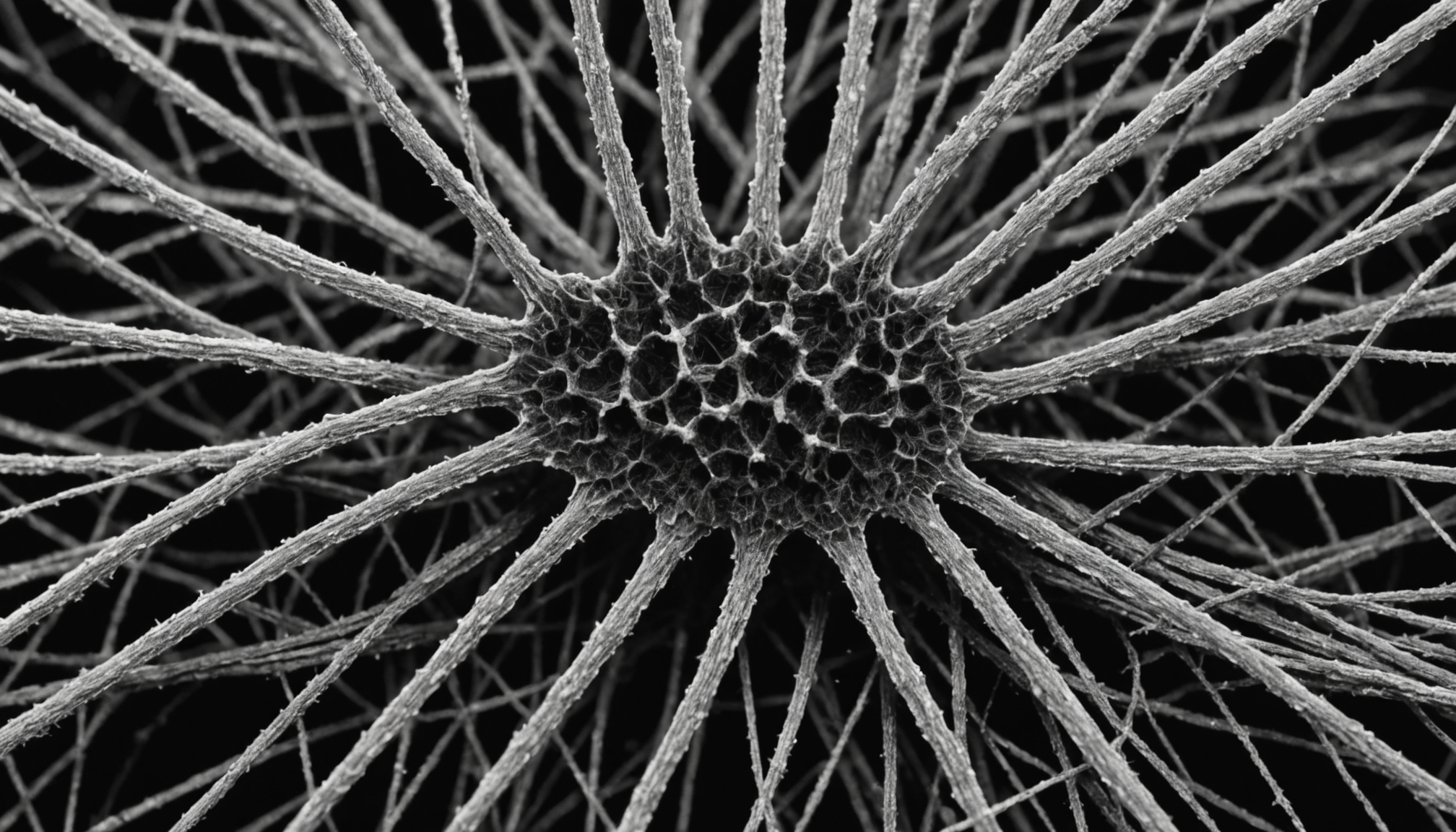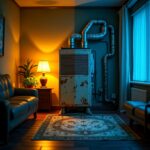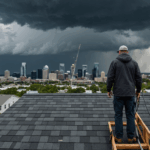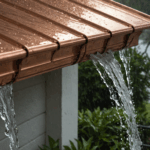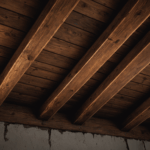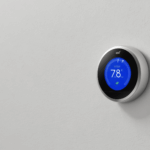Both mold and mildew are types of fungi that thrive in moist environments, but understanding their distinct characteristics is crucial for proper home health management. According to the Environmental Protection Agency (EPA), there are over 100,000 species of mold, while mildew represents a specific subset of fungal growth that typically appears on surfaces.
Mold is a complex multicellular fungus that can penetrate deep into materials, developing extensive root-like structures called hyphae. Dr. Sarah Jenkins, a leading mycologist at the University of Michigan, explains that these hyphae allow mold to break down organic matter for nutrients, potentially causing significant structural damage to buildings. Studies from the Centers for Disease Control and Prevention (CDC) indicate that mold can begin growing within 24-48 hours of moisture exposure.
Mildew, on the other hand, is considered a surface fungus and represents an early stage of mold growth. It’s characterized by a flat growth pattern and typically affects living plants or creates a thin layer on moisture-prone surfaces. The National Association of Home Builders reports that mildew is particularly common in bathrooms, affecting approximately 70% of homes at some point due to inadequate bathroom care practices.
- Mold characteristics:
- Multicellular structure
- Deep penetration capabilities
- Various species and colors
- Can cause structural damage
- Mildew characteristics:
- Surface-level growth
- Limited penetration
- Generally gray or white
- Less destructive nature
Understanding these fundamental differences is essential for proper mold identification and treatment. The American Society of Home Inspectors emphasizes that accurate identification can save homeowners thousands of dollars in remediation costs and prevent unnecessary treatments. While mildew can often be addressed with household cleaning products, mold may require professional intervention, especially if it covers an area larger than 10 square feet.
Visual differences and identification
Distinguishing between mold and mildew through visual inspection is a crucial skill for effective home health management. Professional mold identification typically reveals that mold appears in various colors, including black, green, blue, and even red, while mildew generally presents in lighter shades of gray or white. The texture and growth patterns also differ significantly – mold often appears fuzzy or slimy with an irregular, raised structure, whereas mildew maintains a powdery or downy appearance with a flat spread pattern.
According to the International Association of Certified Home Inspectors, mold tends to form circular or irregular spots that expand outward, often creating a pattern resembling leather or felt. The color typically becomes darker as the colony matures, which can be an important indicator during inspection. Mildew, as part of regular bathroom care routines, can be identified by its powder-like texture and tendency to start as white spots that gradually turn gray or brown.
Testing methods can range from simple visual examination to professional laboratory analysis. The Environmental Health Association recommends using a simple bleach test: applying a few drops of household bleach to the suspected area. Mildew will typically lighten or disappear within 1-2 minutes, while mold often remains dark. However, for definitive identification, especially in cases where health concerns are present, professional testing is strongly recommended.
- Clear signs of mold presence:
- Fuzzy or slimy texture with raised growth patterns
- Dark colors (black, dark green, or brown)
- Musty, earthy odor
- Irregular spot patterns that spread outward
Common locations and growth conditions
These unwanted fungi tend to develop in specific locations where environmental conditions favor their growth. Bathrooms, kitchens, and basements are particularly susceptible due to their higher moisture levels and limited ventilation. According to the National Institute of Building Sciences, approximately 85% of all home moisture issues occur in these areas, making proper bathroom care essential for prevention.
Basements and crawl spaces face unique challenges due to their below-grade location and susceptibility to groundwater seepage. The American Society of Home Inspectors reports that 60% of homes with basements experience moisture problems, creating ideal conditions for fungal growth. Poor ventilation compounds these issues, as stagnant air traps moisture and creates favorable conditions for both mold and mildew development.
Specific conditions that promote growth include:
– Relative humidity above 60%
– Temperatures between 60-80°F (16-27°C)
– Limited air circulation
– Presence of organic materials
– Water leaks or condensation
Kitchen cabinets under sinks frequently harbor growth due to plumbing leaks and condensation. The Department of Housing and Urban Development estimates that 70% of kitchen-related mold identification cases start in these areas. Similarly, window frames and air conditioning units often become problematic spots due to condensation buildup, especially during seasonal changes.
Common problem areas include:
– Around shower enclosures and bathtubs
– Behind toilets and under sinks
– On windowsills and frames
– Inside HVAC systems and ductwork
– Behind wallpaper and drywall
– In attic spaces with poor ventilation
For effective home health management, monitoring these areas regularly is crucial. The Environmental Protection Agency recommends checking prone areas monthly and immediately after any water-related incidents, such as flooding or plumbing leaks. Regular inspection and maintenance of these areas can prevent extensive damage and costly remediation.
Health risks and safety concerns
Exposure to both mold and mildew can present significant health risks, making proper mold identification crucial for home health management. The CDC reports that approximately 20% of the population is susceptible to mold-related health issues, with symptoms ranging from mild to severe depending on individual sensitivity and exposure levels.
Short-term exposure typically causes allergic reactions, including:
– Nasal stuffiness and runny nose
– Eye irritation and redness
– Wheezing and respiratory difficulties
– Skin rashes or irritation
– Throat irritation and coughing
More concerning are the long-term health implications, particularly from toxic black mold (Stachybotrys chartarum). Research from the Mayo Clinic indicates that prolonged exposure can lead to:
– Chronic respiratory conditions
– Neurological symptoms
– Immune system suppression
– Chronic fatigue syndrome
– Memory and concentration problems
Children, elderly individuals, and those with compromised immune systems face greater risks. The American Academy of Pediatrics reports that children living in mold-contaminated environments are 30-50% more likely to develop asthma and other respiratory conditions.
Professional bathroom care and regular home health inspections become essential when dealing with these risks. The Occupational Safety and Health Administration (OSHA) recommends immediate action when mold or mildew is detected, particularly in living spaces. If the affected area exceeds 10 square feet, professional remediation is strongly advised to ensure safe removal.
For those undertaking DIY cleaning of smaller areas, proper protection is essential:
– Use N-95 respirators
– Wear long rubber gloves
– Utilize eye protection
– Ensure adequate ventilation
– Avoid mixing cleaning products
Taking these health risks seriously and implementing proper safety measures can protect your family’s well-being. Regular monitoring and prompt attention to moisture issues will help maintain a healthy living environment and prevent the development of serious health conditions.
Prevention and removal methods
- Can I use bleach to clean both mold and mildew?
- While bleach can effectively remove mildew from non-porous surfaces, it’s not recommended for mold remediation on porous materials. Professional cleaning solutions specifically designed for mold identification and removal are more effective and safer for comprehensive treatment.
- How often should I check my home for mold and mildew growth?
- For proper home health maintenance, inspect moisture-prone areas monthly and after any water-related incidents. Pay special attention to bathrooms, basements, and areas around windows, particularly during humid seasons.
- What’s the best way to prevent mold and mildew in my bathroom?
- Effective bathroom care includes maintaining proper ventilation, using exhaust fans during and after showers, and wiping down wet surfaces. Additionally, keeping humidity levels below 60% and fixing leaks promptly will significantly reduce the risk of fungal growth.
- At what point should I call a professional for mold removal?
- Contact a professional if the affected area exceeds 10 square feet or if you suspect toxic black mold. Experts also recommend professional assessment when mold appears in HVAC systems or within walls.
- Can I paint over mold or mildew to solve the problem?
- Painting over mold or mildew without proper remediation will not solve the underlying issue and can lead to further growth and damage. Always remove the fungal growth completely and address moisture problems before repainting surfaces.
